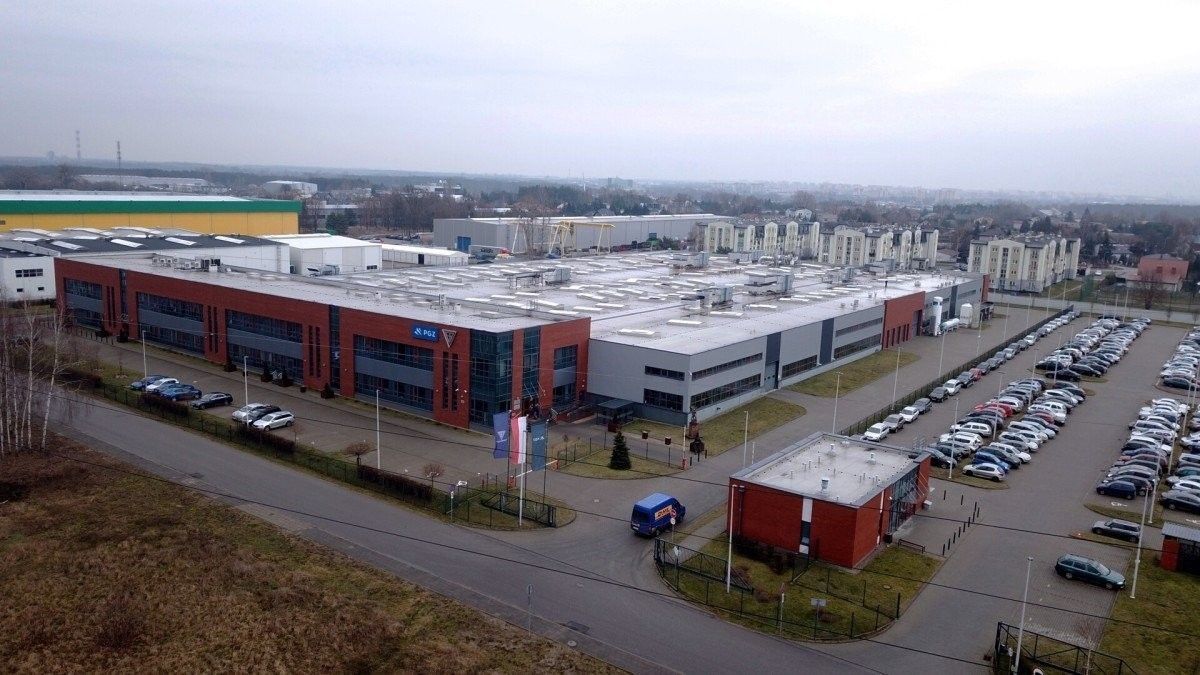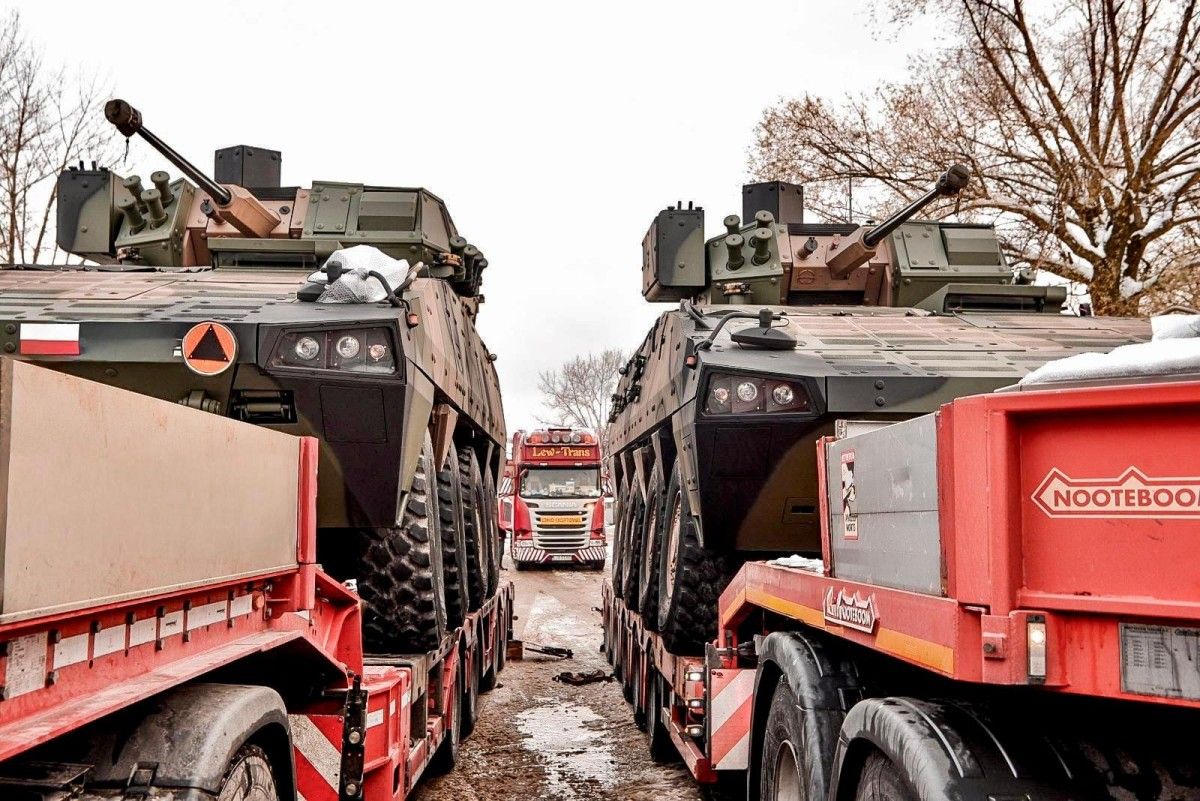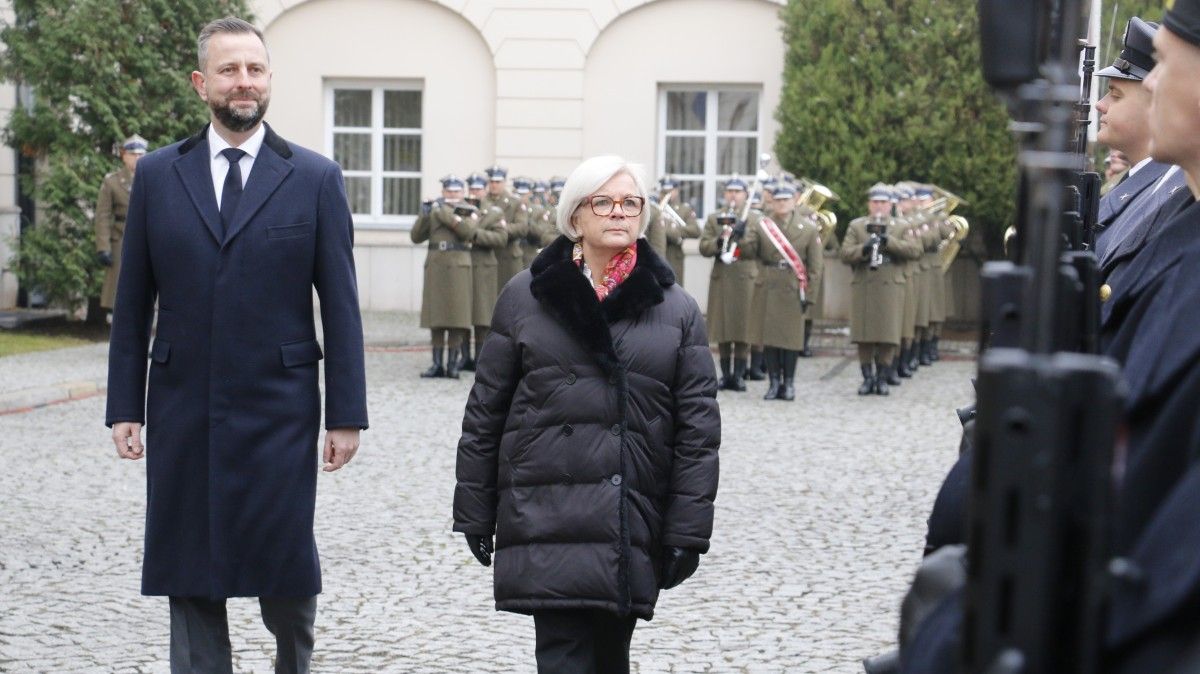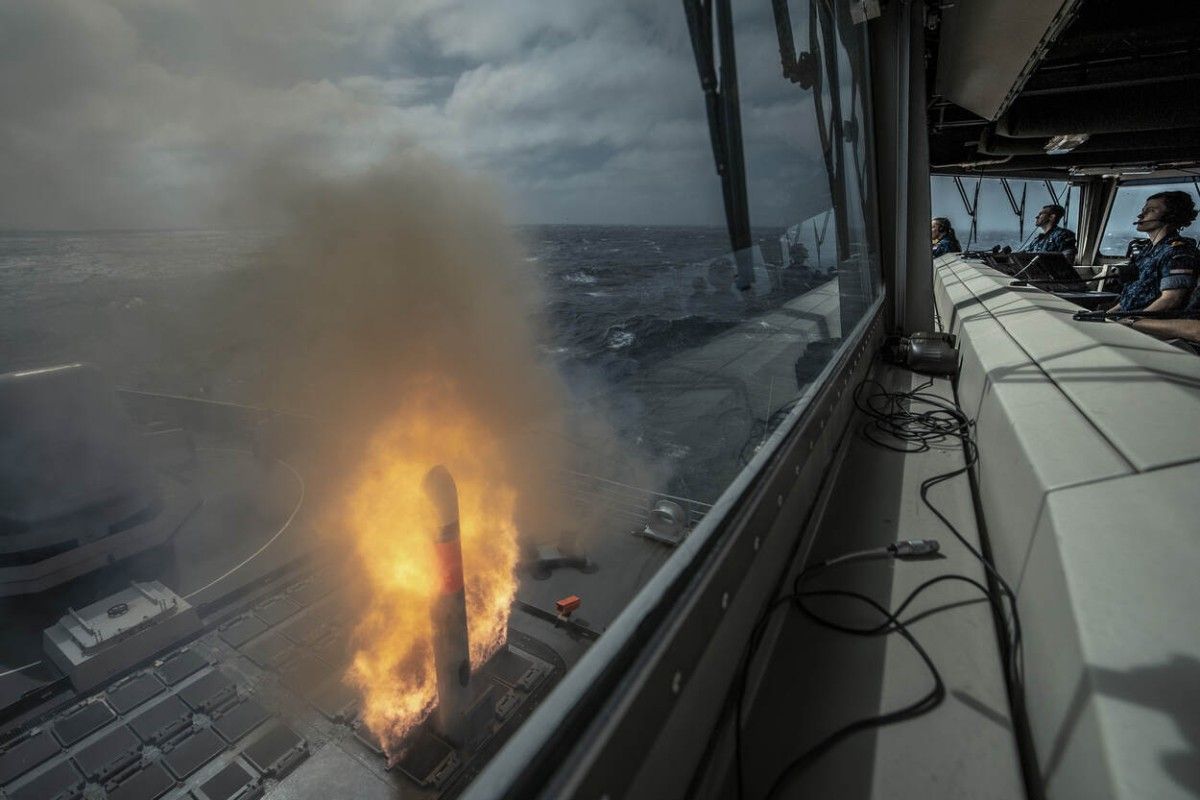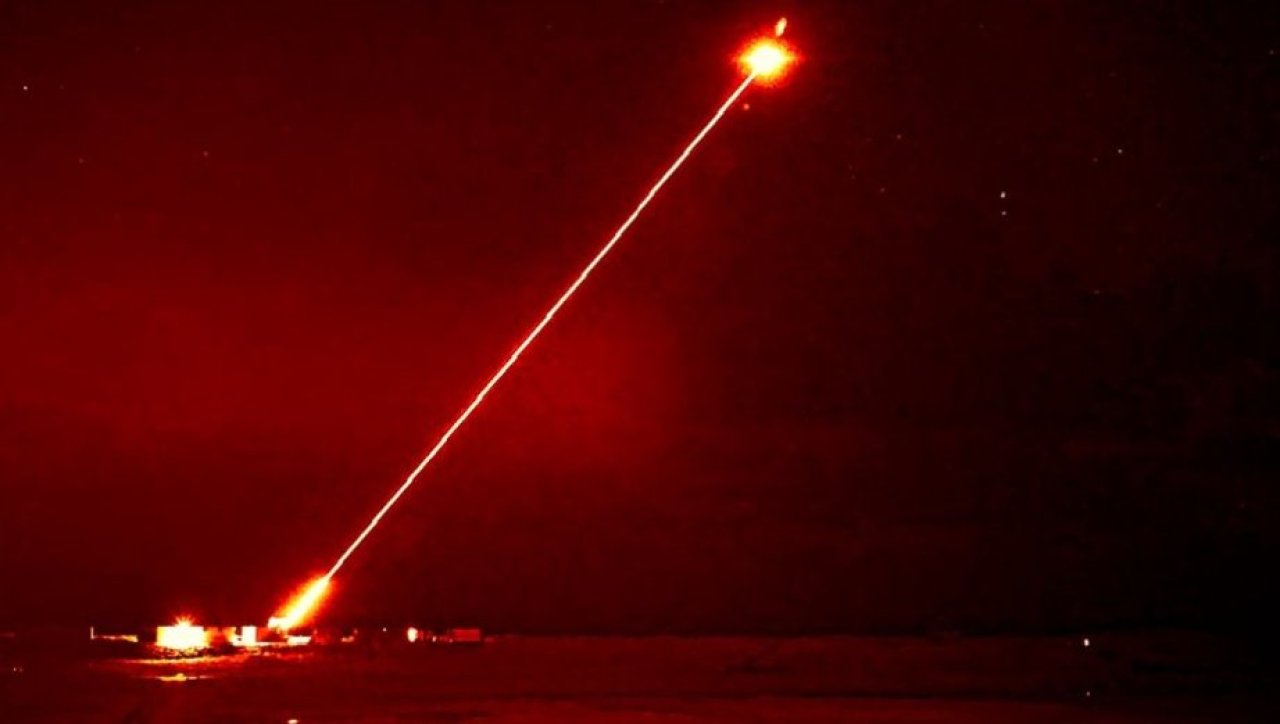Tactical Future Combat Group. Unmanned water-air platform for peculiar troops. Thermal camera. Here are 3 another Polish products, which were honored with Defender awards during this year's global Defence manufacture Salon in Kielce. How did the winners stand out?
Manned-unmanned Pluto Future Task Force – Tactical Future Combat Group
They must be innovative, have advanced utility qualities and be first – these are the 3 basic criteria that the Defender Jury is guided by, deciding what solutions presented at the global Defence manufacture Salon deserve to be honored. This year, a committee composed of representatives of the Chancellery of the Prime Minister, the National safety Office, the Ministry of Defence; abroad Affairs; Home Affairs and Administration; improvement and Technology; Education and Science, as well as representatives of the Armed Forces and Uniform Services, decided to award the Defenders 10 products. present we present 3 of them.
The future of the battlefield
"Manned-manned Future Task Force – Tactical Future Combat Group" was developed by WB Group specialists (it is created by WB Electronics and, among others, by Arex, Radmor, MindMade and Flytronic companies). The WB Group is, alongside Ukrainian entities, the largest maker of unmanned systems in Europe. Its representatives emphasize that FTP fits into the concept of dronization of the battlefield. More specifically, it is proposed to importantly increase the level of land automation of the domain of operational activities. In short, FTP consists of 4 vehicles – a command car and 3 multi-tasking platforms (vehicles) which can operate in unmanned or manned mode depending on the needs.
The platoon commander will decide on what missions they will carry out, choosing peculiar components for the tasks of which the FTF is rapidly assembled. “These may be reconnaissance components, anti-drone systems or distant weapons modules,” explains Remigius Wilk, manager of communication for the WB Group.
This year's MSPO example FTP configuration consisted of a command car and an FTF ZMU (with the ZMU-05 weapon module), FTF MN with light overhead miners and FTF WM with a Warmate unmanned strategy launcher.
Special for specialists
Another winner of Defender is the unmanned system, more specifically "a water-air platform, utilizing the surface effect, supporting peculiar troops' activities on sea basins".
Drone called “Drozd” is the consequence of investigation and improvement carried out by specialists from the consortium, the leader of which is the Gdańsk University of Technology (Department of Mechanical Engineering and Shipbuilding), and which besides form the method Institute of Aviation Forces and the Military method Academy (Department of Mechatronics, Armed Forces and Aviation).
Drone Drozd
The construction presented on MSPO is simply a technology demonstrator, which weighs about 250 kg, has a capacity of about 50 kg, moves above the water surface at about 3–5 m at a velocity of about 100 km/h. Unmanned scope depends on the weight of the cargo and weapons and ranges from respective to respective twelve kilometres.
The consortium representatives point out that Drozd is simply a plan dedicated to peculiar units, due to the fact that its way of moving – over or over water – importantly limits its detection by the enemy. The scope of tasks he can execute is very wide. Drone can set mines, drop deep-sea charges, command supplies, and besides execute strike missions – specified as guided or unguided rockets.
Technological independence
Among the winners of the Defender award was the "KMW-3V thermal imaging camera with cooled thermal imaging detector Eagle" constructed by PCO engineers and VIGO Photonics. PCO, a associate of the Polish Armed Forces Group, regularly wins prizes in Kielce. This time, the Defender deserves a device well known to Polish soldiers. KMW-3 has already been included in anti-aircraft kits Pilica, Pilica+, in the fresh floating combat vehicles Borsuk or Rosomaków with an unmanned ZSSW-30 tower. What distinguishes the KMW-3V model is the usage of a country-developed thermal imaging detector.
thermal imaging camera KMW-3V with cooled thermal imaging detector Eagle
– So far, we have utilized abroad thermal components in our cameras, and now, having Polish, we are completely independent of deliveries outside our country. This is simply a large step in building the technological independency of Polish optoelectronics – 1 of the engineers working on the camera emphasizes.
Developed by specialists from VIGO Photonics company, the cooled thermovision detector Eagle working in the MW infrared band (medium-wave) provides an image with a resolution of 640 by 512 pixels (pixel size 26 um)

